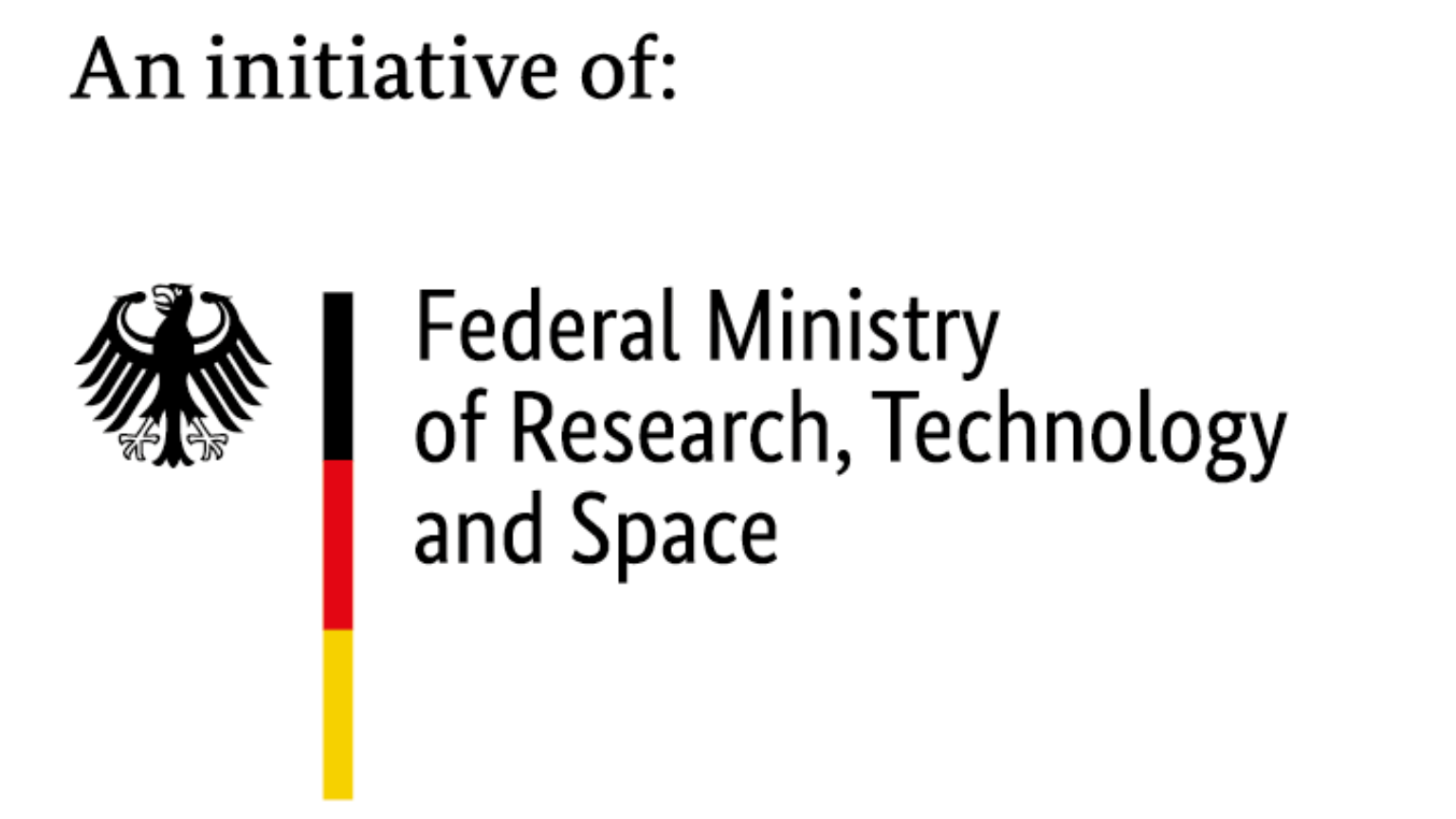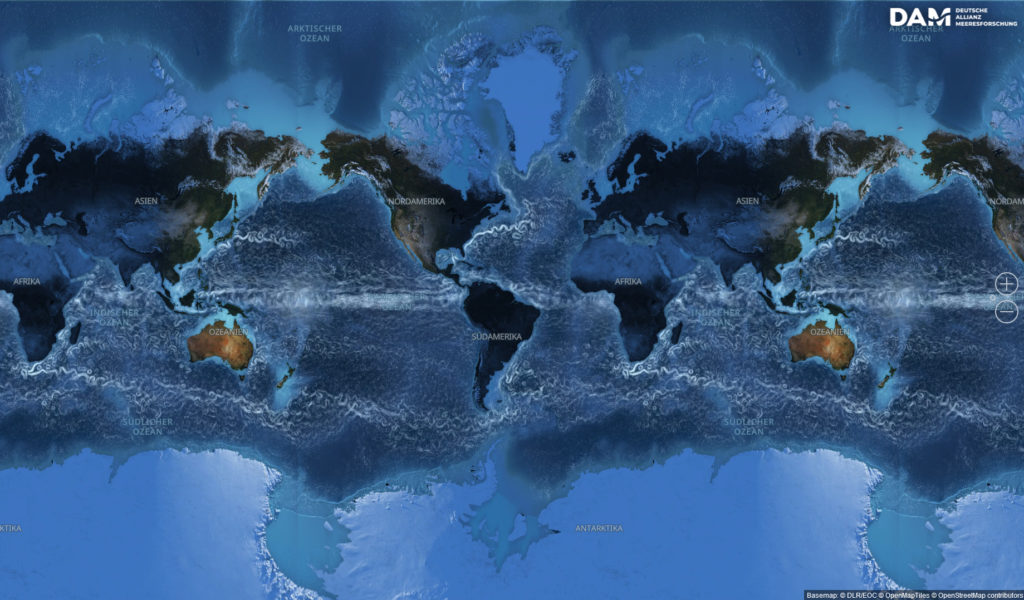
Ocean for All!
The Interactive World Ocean
The Interactive World Ocean is a touchscreen-based ocean map for use in schools, educational institutions and exhibitions. The map invites you to discover the diversity of coasts, seas and oceans, to immerse yourself in different regions of the world and to understand connections. The interactive ocean map is suitable for tablets and smartboards as well as large-format touch tables.
Users can navigate easily and intuitively by touch. Immersion points open up a view of the underwater world – from river and coastal systems to the open ocean and the deep sea, from the tropics to the polar regions. The world ocean is explored using research videos, image galleries, satellite images and data visualizations. The project is being realized by the German Marine Research Alliance (DAM) in cooperation with the German Aerospace Center (DLR).
Short video to dive in
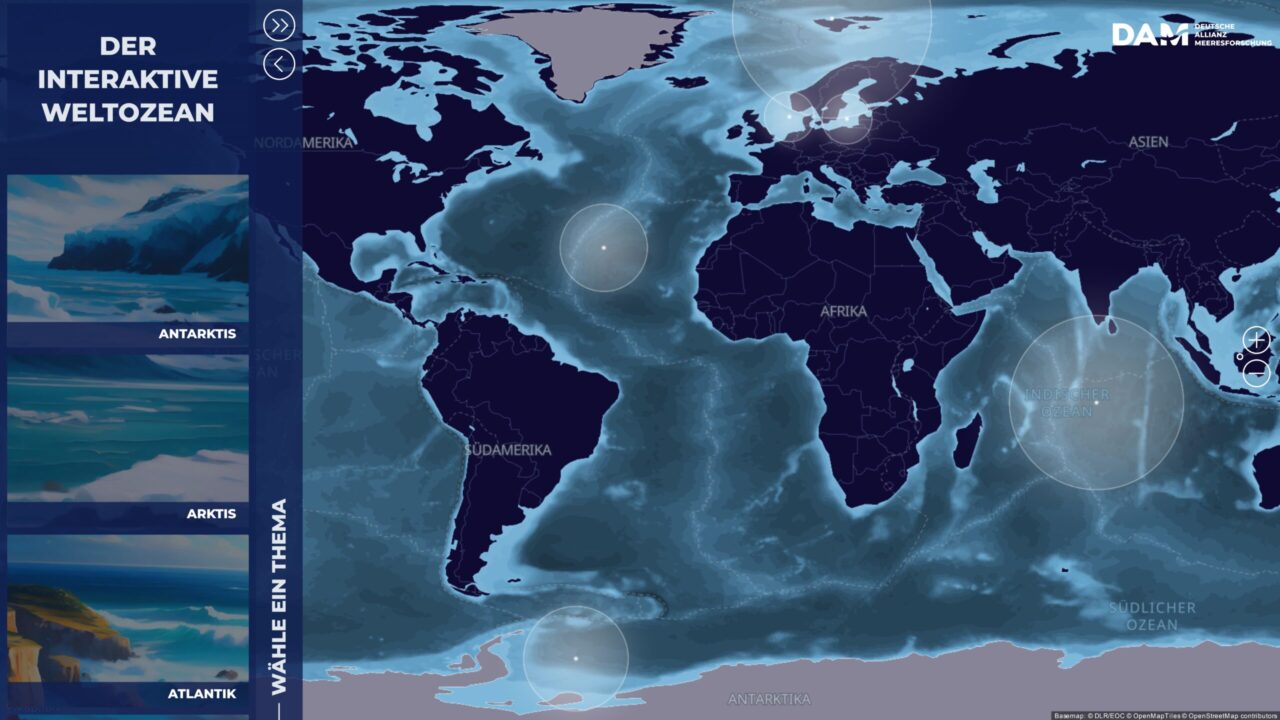
You are currently viewing a placeholder content from YouTube. To access the actual content, click the button below. Please note that doing so will share data with third-party providers.
More InformationThe Interactive World Ocean is available free of charge for educational purposes. Please complete the following form to gain access to the application. You can use the access code multiple times.
The Microsoft Edge or Google Chrome browsers are recommended for using the interactive world ocean. The application is suitable for tablets, touchscreens, smartboards and large-format touch tables.
If you have any questions or suggestions about the Interactive World Ocean, please contact Ute Wilhelmsen.
Further Materials
The aim of the Interactive World Ocean is to create attractive access to marine topics and to strengthen the sustainable use of coasts, seas and oceans through information and interaction. To this end, the project is linked to the information portal Ocean Online. In addition, various accompanying materials for the use of the Interactive World Ocean are being developed together with experts in education and exhibition didactics. An introduction to the project is available, as well as suggestions for diving tours (PDF in German) that focus on different marine areas and topics.
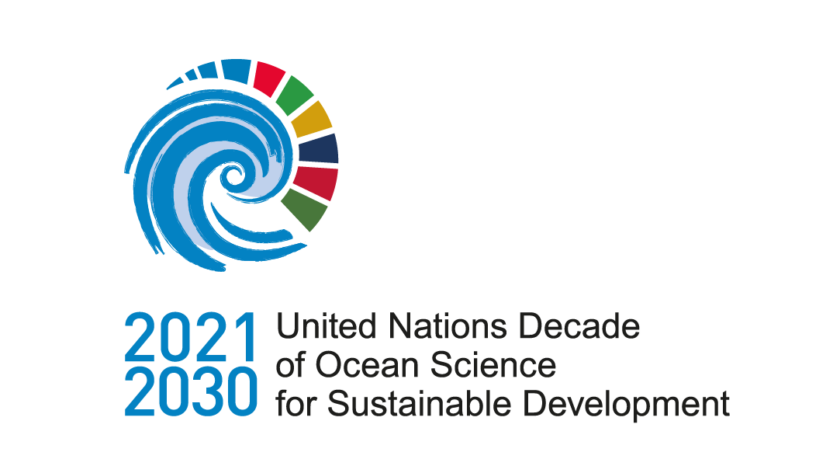
The Interactive World Ocean is recognized as an official project of the UN Ocean Decade. This Decade aims to achieve transformative ocean science solutions for sustainable development, connecting people and our ocean.
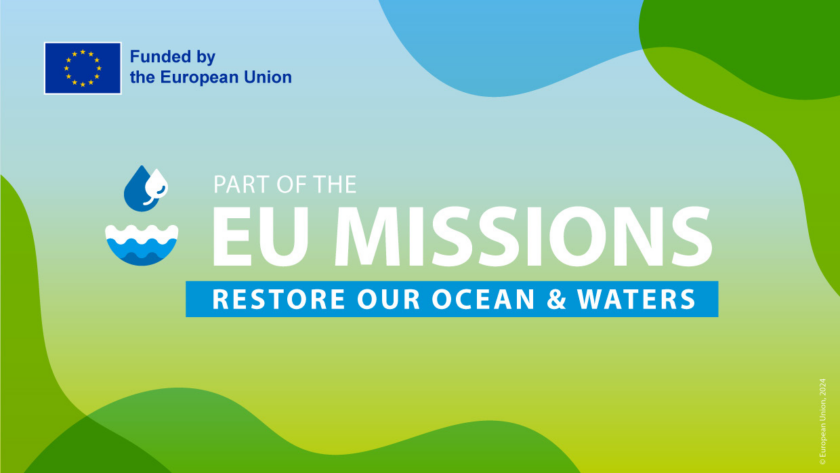
The Interactive World Ocean is an official contribution to the EU mission Restore our Ocean and Waters. With a 2030 target, the EU Mission aims to protect and restore the health of our ocean andwaters through research and innovation, citizen engagement, and investments in the blue economy.
Newsletter
Always up to date with the DAM newsletter. (German only)
